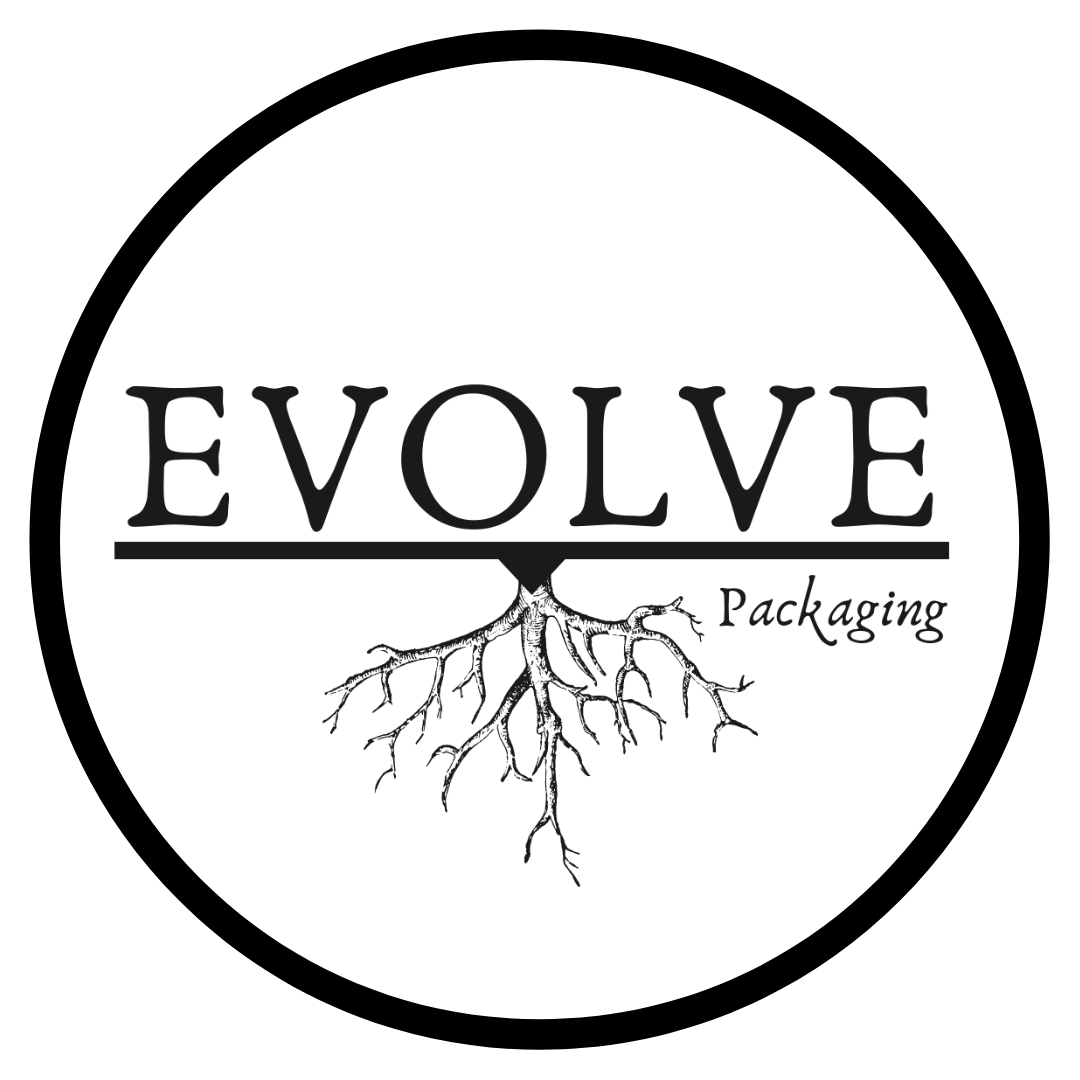Flexible Film
Maliable & Convenient
The first known use of flexible film packaging can be traced back to the late 19th century, when cellophane was invented. Cellophane was a thin, transparent film made from cellulose and was used to package a variety of products, including tobacco and candy.
In the 1940s and 1950s, polyethylene and other synthetic plastics began to be used in flexible film packaging. These materials were stronger and more durable than cellophane, and they allowed for the creation of new types of packaging, such as bags and pouches.
In the 1960s and 1970s, the use of flexible film packaging continued to grow, and new technologies were developed to improve the strength, barrier properties, and printability of the films.
In the 1980s and 1990s, the use of flexible film packaging exploded, as more and more companies began using it to package a wide range of products. This trend has continued to the present day, and flexible film packaging is now used to package everything from food and beverages to personal care products and household items.
Ready to submit a request for a quote?
Stretch Wrap
This is a thin plastic film that is used to wrap and secure products or groups of products. It is stretched tightly around the product and can be used to protect it from damage or tampering.
Rollstock
This is a roll of flexible film that is used to package products in a variety of shapes and sizes. It can be used to make bags, pouches, and other types of packaging.
Shrink wrap
This is a thin plastic film that is used to wrap products or groups of products. It is heated so that it shrinks tightly around the product, providing a secure seal.
Stand up pouches
These are bags that have a bottom gusset and are designed to stand upright on a shelf. They are often used to package snacks, cereals, and other dry goods.
Flat Pouches
These are bags that are sealed on all sides and do not have a bottom gusset. They are often used to package wet or juicy products, such as soups or sauces.
Cling film
This is a thin plastic film that is used to wrap and cover food items. It sticks to itself and is often used to wrap sandwiches, vegetables, and other perishable items.
Flexible film packaging has a number of advantages, both for manufacturers and for consumers. Some of the main advantages of using flexible film packaging include:
-
Lightweight and compact: Flexible film packaging is lightweight and compact, making it easy to transport and store. This can help to reduce shipping costs and save space in warehouses and stores.
-
Versatility: Flexible film packaging can be used to package a wide variety of products in a variety of shapes and sizes. It can be easily modified to meet the specific needs of a product, making it a very versatile packaging option.
-
Customization: Flexible film packaging can be easily customized with different colors, designs, and printing techniques. This allows companies to create packaging that is visually appealing and stands out on store shelves.
-
Protective: Flexible film packaging can provide a high level of protection for products, helping to keep them fresh, safe, and undamaged during transportation and storage.
-
Durability: Many types of flexible film packaging are very durable and can withstand a wide range of temperatures and conditions. This makes them ideal for packaging products that will be shipped or stored for long periods of time.
-
Convenience: Flexible film packaging is also very convenient for consumers. Many types of flexible film packaging are easy to open and reseal, making it easy for people to access and use the products they have purchased.
Let’s talk about which type of flexible film is right for you!
We’d love to hear from you! Whether you have a question, comment, or just want to say hi, please don’t hesitate to get in touch.
Simply fill out the form below and we’ll be in touch as soon as we can.






